Whenever we gaze upon a dark night sky, we expect to see stars, planets, the Milky Way, and more.
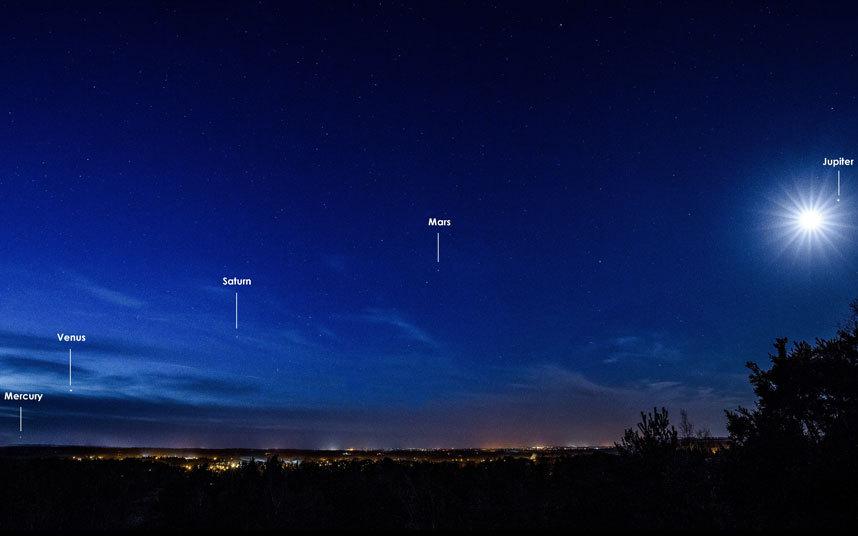
It only happens once every 11 years, but occasionally, all five naked-eye planets are visible at once. Mercury is always the toughest to spot due to its proximity to the Sun, but sometimes Mars appears even smaller in angular diameter than Mercury. Venus is always the brightest planet, followed by Jupiter, and then usually followed by Mars and then either Mercury or Saturn, although any of those latter three is capable of outshining the others. (Credit: Martin Dolan)
But throughout March of 2022, there haven’t been any planets to see.
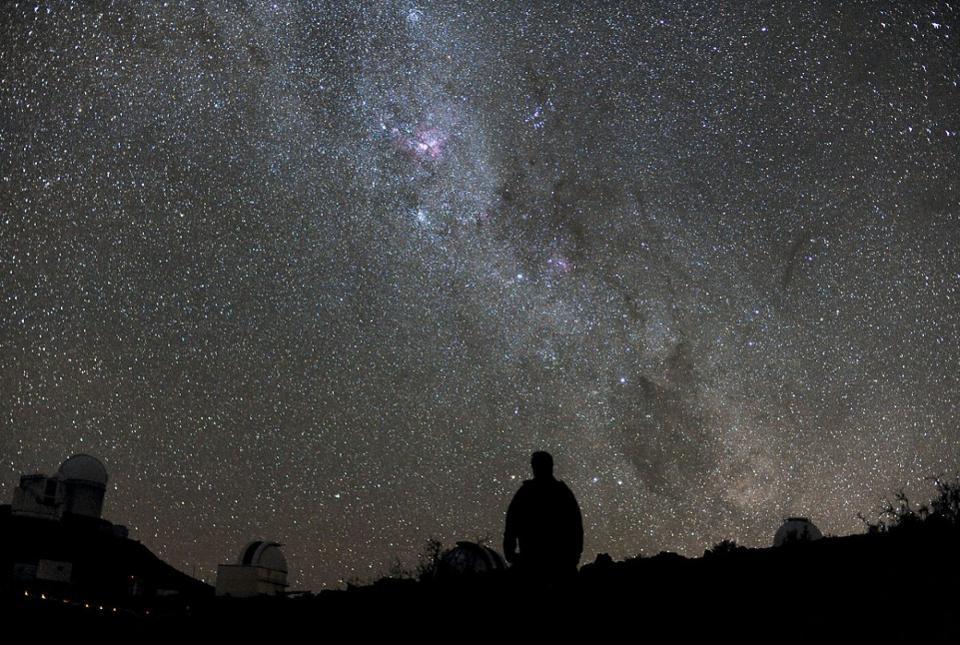
The Milky Way, as seen at La Silla observatory, is a stunning, awe-inspiring sight to anyone, and offers a spectacular view of a great many stars in our galaxy. However, the night sky usually displays at least one of the five naked eye planets, a situation that is definitively not the case during March of 2022. (Credit: ESO/Håkon Dahle)
The reason is simple: the naked-eye planets are all located on Earth’s “Sun-facing” side.
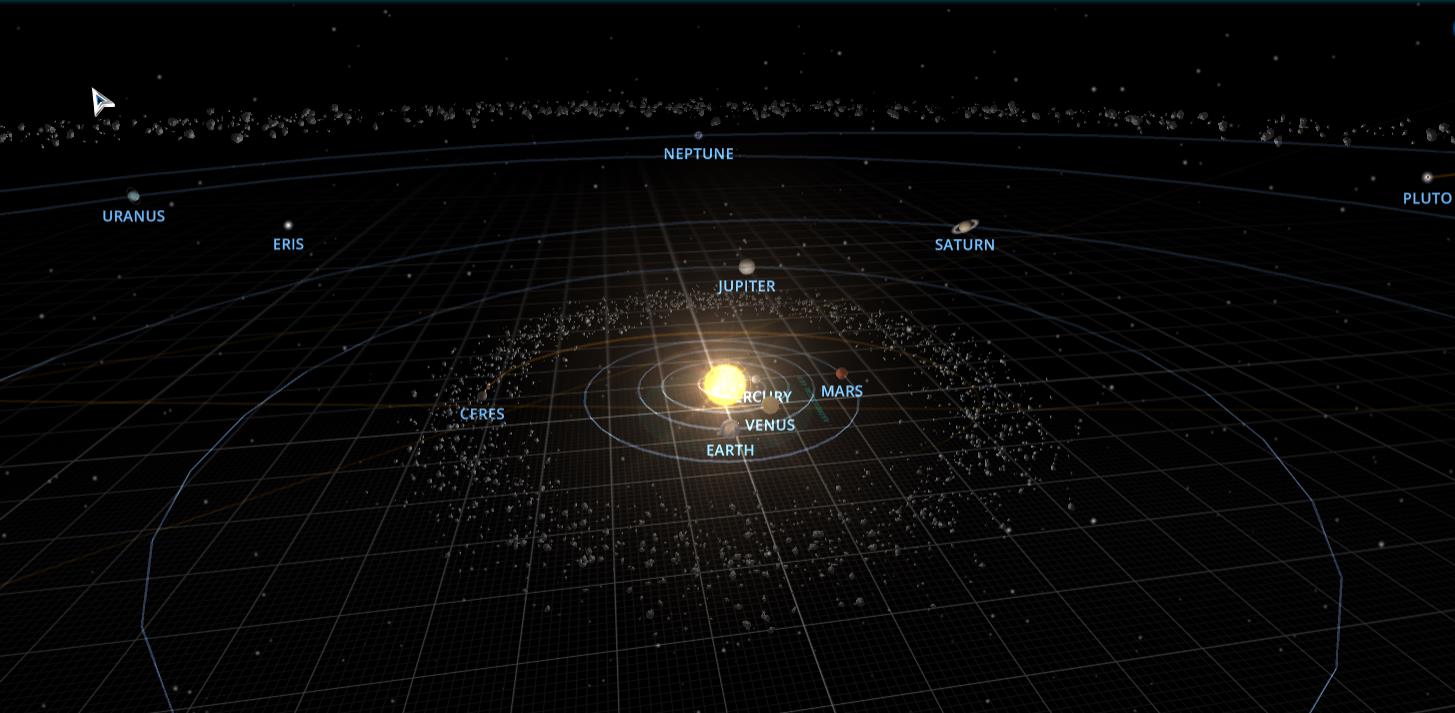
The positions of the planets and dwarf planets relative to one another and the Sun during mid-March, 2022. As you can see, there are no naked-eye planets visible on Earth’s night-facing side; the only glimpse of them we’ll be able to catch this month is in the final hours before sunrise, when Venus and Mars, and later Saturn and then Jupiter, appear before the Sun rises. (Credit: E. Siegel/Solar System Scope)
After sunset and throughout most of the night, the sky will be pristine, particularly after moonset.
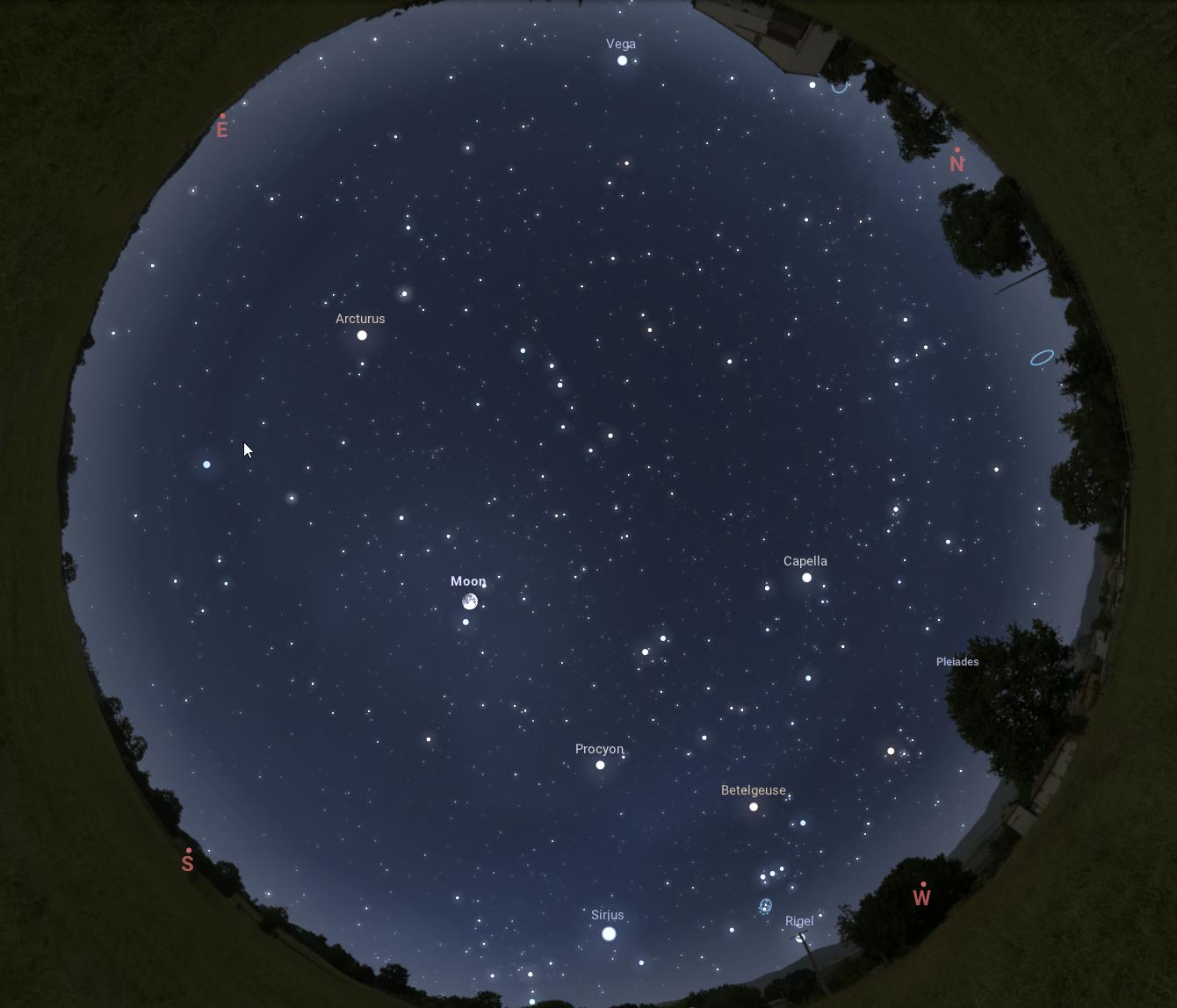
Although there will be a full Moon on March 18, 2022, the March night skies will otherwise be clear of planets completely until just a few hours before sunrise. Once the Moon has set, this makes for some of the most pristine viewing a skywatcher can ask for. (Credit: E. Siegel/Stellarium)
But in the early morning hours, just before sunrise, numerous planets finally emerge.
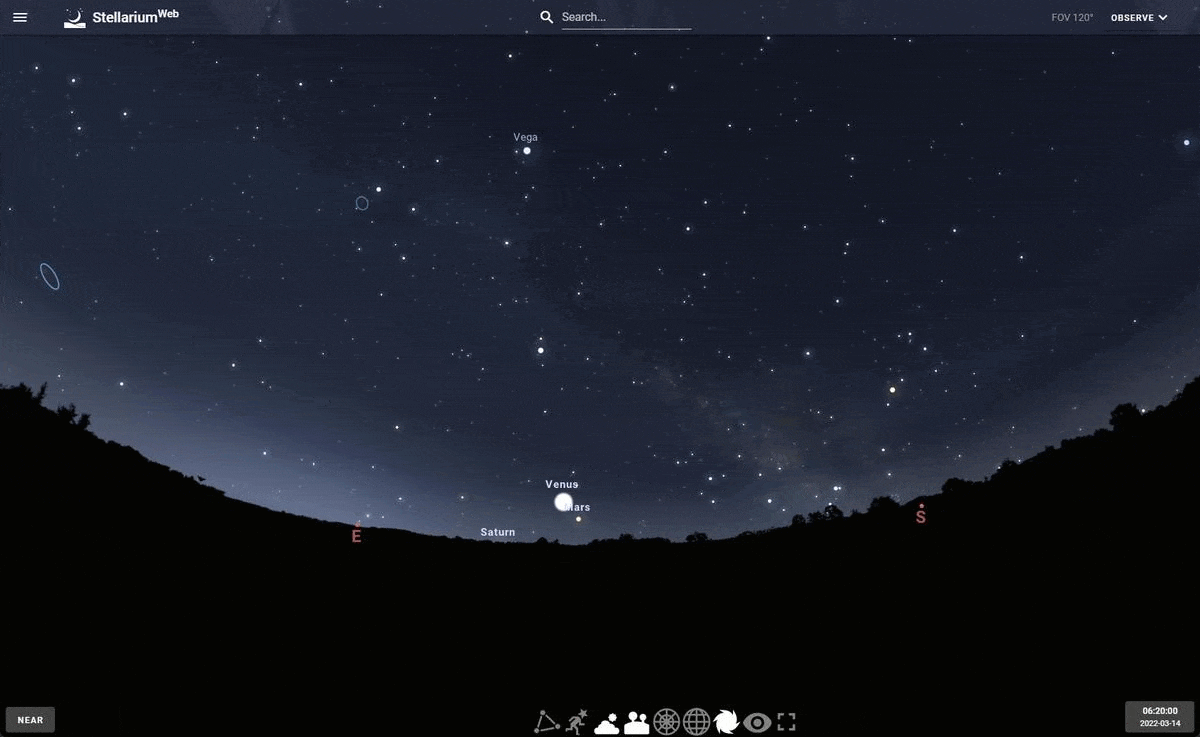
From March 13 to March 31, 2022, the sights of the pre-dawn skies will evolve from showcasing just Venus and Mars, barely visible against the glare of the Sun in early March, to having a trio of planets easily visible as Saturn joins them. On March 29, 2022, the waning crescent Moon joins the planets, creating a spectacular quartet. (Credit: E. Siegel/Stellarium)
During mid-March, Venus and Mars appear first: very close to one another.

This astrophotography composition, from March 7, 2022 in New Jersey, shows Venus (bright), Mars (below and to the right), and the crescent Moon (below and to the left) rising above the Atlantic Ocean. As March of 2022 progresses onward, Venus and Mars become easier to see, becoming farther separated from the Sun over time. (Credit: Jimmy Kastner/@JimmyKastner)
On March 16th, they’ll be separated by only 4° from one another: less than three fingers width at arm’s length.
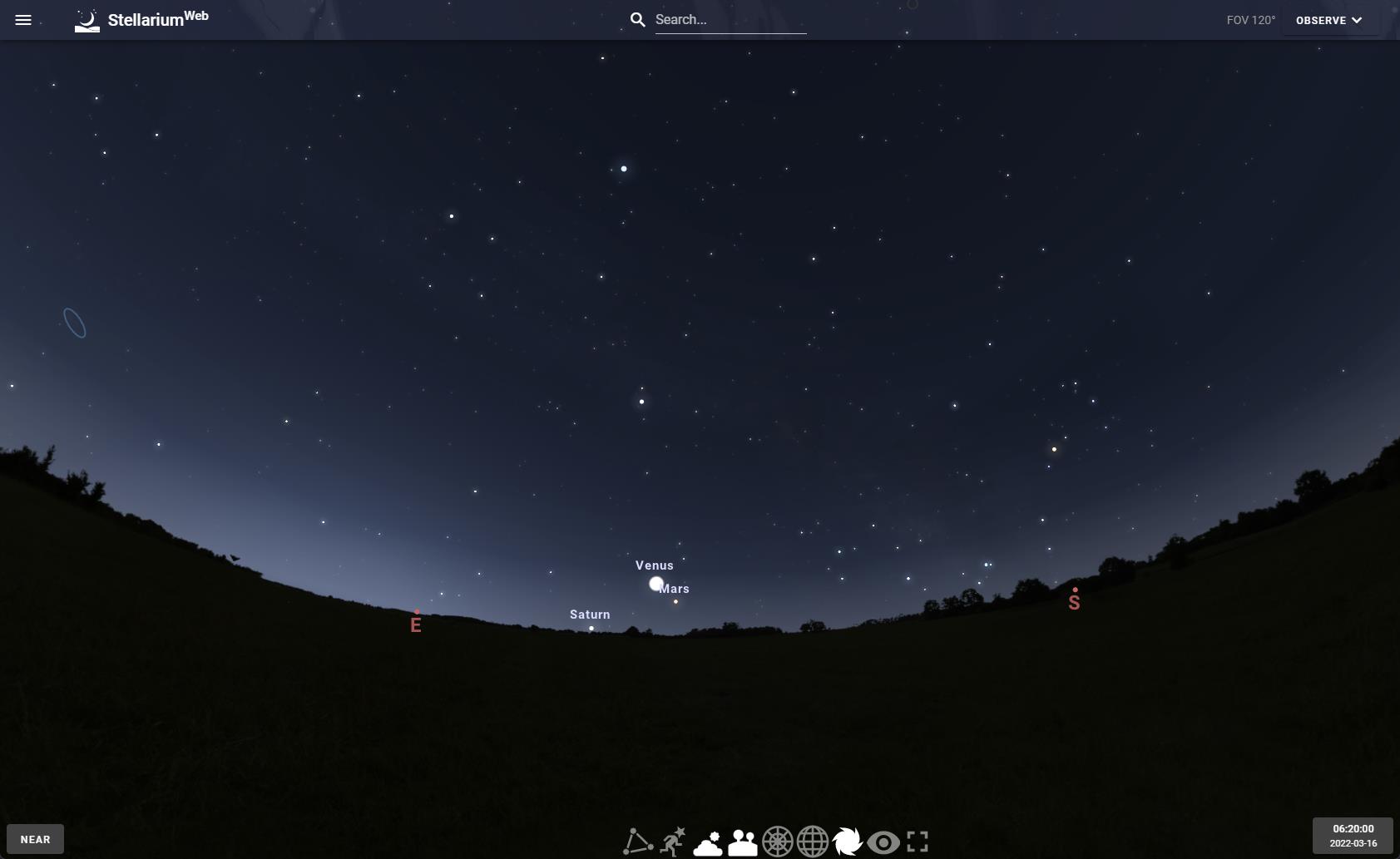
On March 16, 2022, Venus and Mars will achieve their closest approach to one another in Earth’s skies, where they’ll be separated by merely 4 degrees. Despite the fact that both planets appear bright from Earth, Venus will be much easier to see, as it appears nearly 200 times brighter than Mars at this time. (Credit: E. Siegel/Stellarium)
Venus, the brightest planet, outshines Mars by a factor of nearly 200.
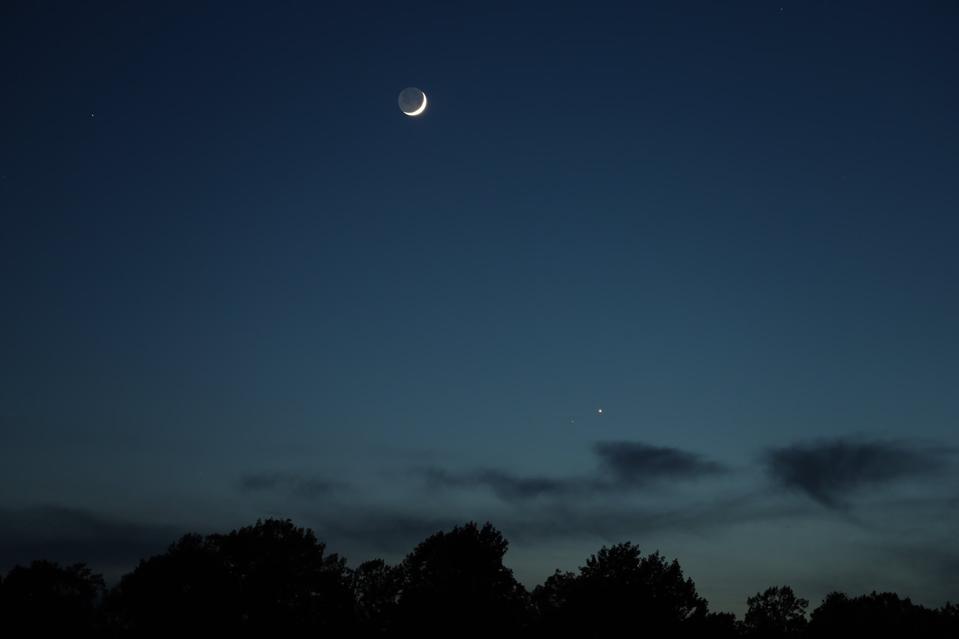
The Moon, Venus, and faint Mars, together in the July 12, 2021 night sky. The close proximity of Venus to Mars is the result of a planetary conjunction, while the thin crescent Moon just happened to be relatively nearby. Venus, the brightest planet in Earth’s night sky, easily outshines all the stars, and is some ~200 times brighter than Mars at the moment this photo was taken, which it will be again in the pre-dawn skies of March, 2022. (Credit: Christopher Becke/@Beckephysics)
On March 20th, Venus reaches its greatest separation from the Sun: maximum elongation.

While outer planets can appear anywhere in the sky relative to the Sun, an innermore planet to Earth will never stray more than a certain angular distance away from the Sun. This greatest extent of separation is known as maximum elongation, and Venus, at approximately 47 degrees of separation, will reach it on March 20, 2022. (Credit: Wmheric/Wikimedia Commons)
As the days progress, Saturn joins Venus and Mars, creating a beautiful triangle on March 24th.
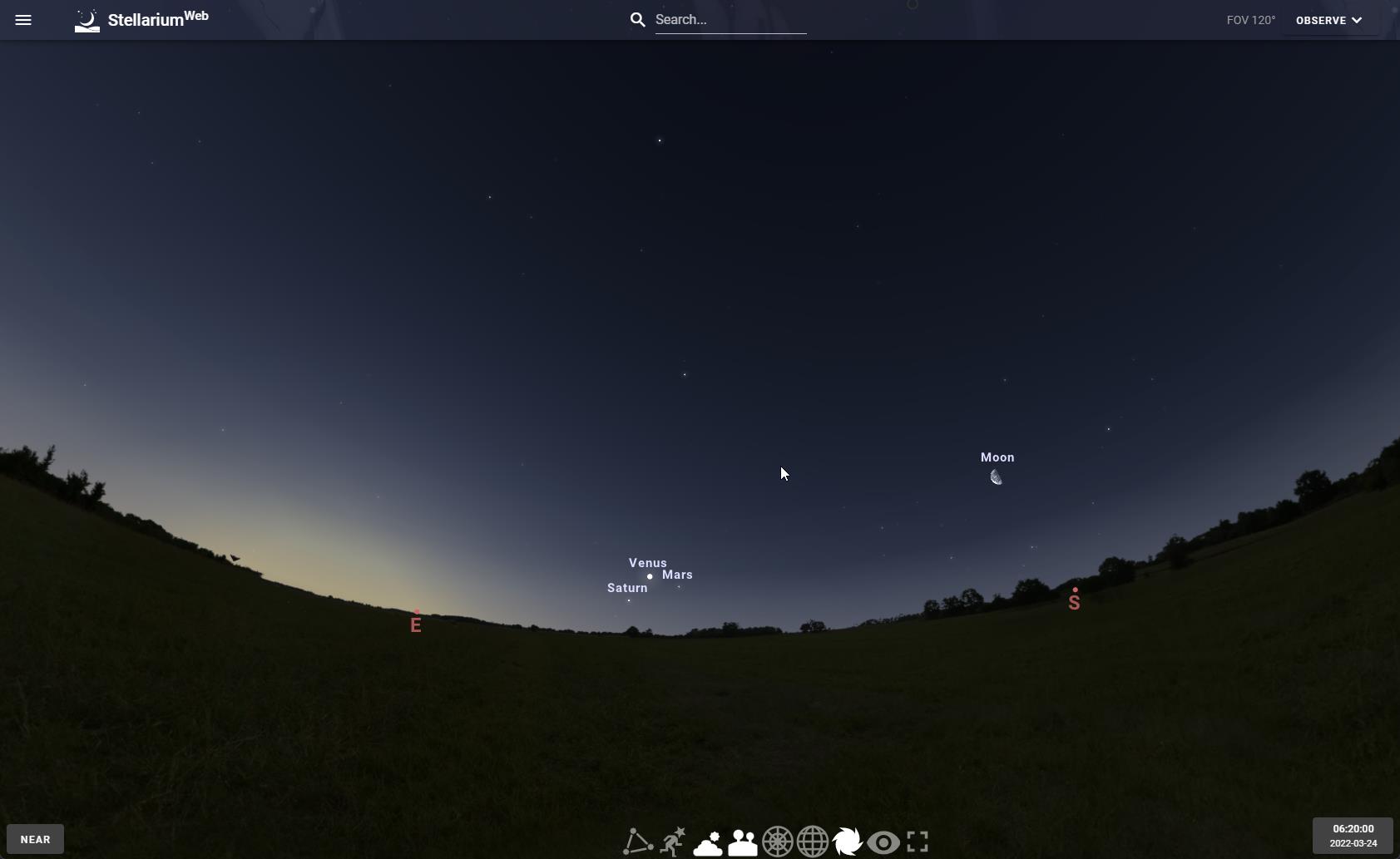
While Venus and Mars have been close together in the night sky for many days by March 24, 2022, Saturn will appear to create an almost-isosceles triangle out of the three lights. (Credit: E. Siegel/Stellarium)
While the three prominent lights dance nightly, the waning Moon joins them on March 28-29th, creating a quartet.

Depending on your longitude, you’ll see the waning crescent Moon join the triplet of Venus, Mars, and Saturn in the pre-dawn skies on either March 28 or March 29. An alignment of three planets with the Moon is an uncommon but spectacular sight. (Credit: E. Siegel/Stellarium)
Then, on April 4th, Saturn and Mars reach conjunction, separated by only 0.3°, with nearly identical brightnesses.
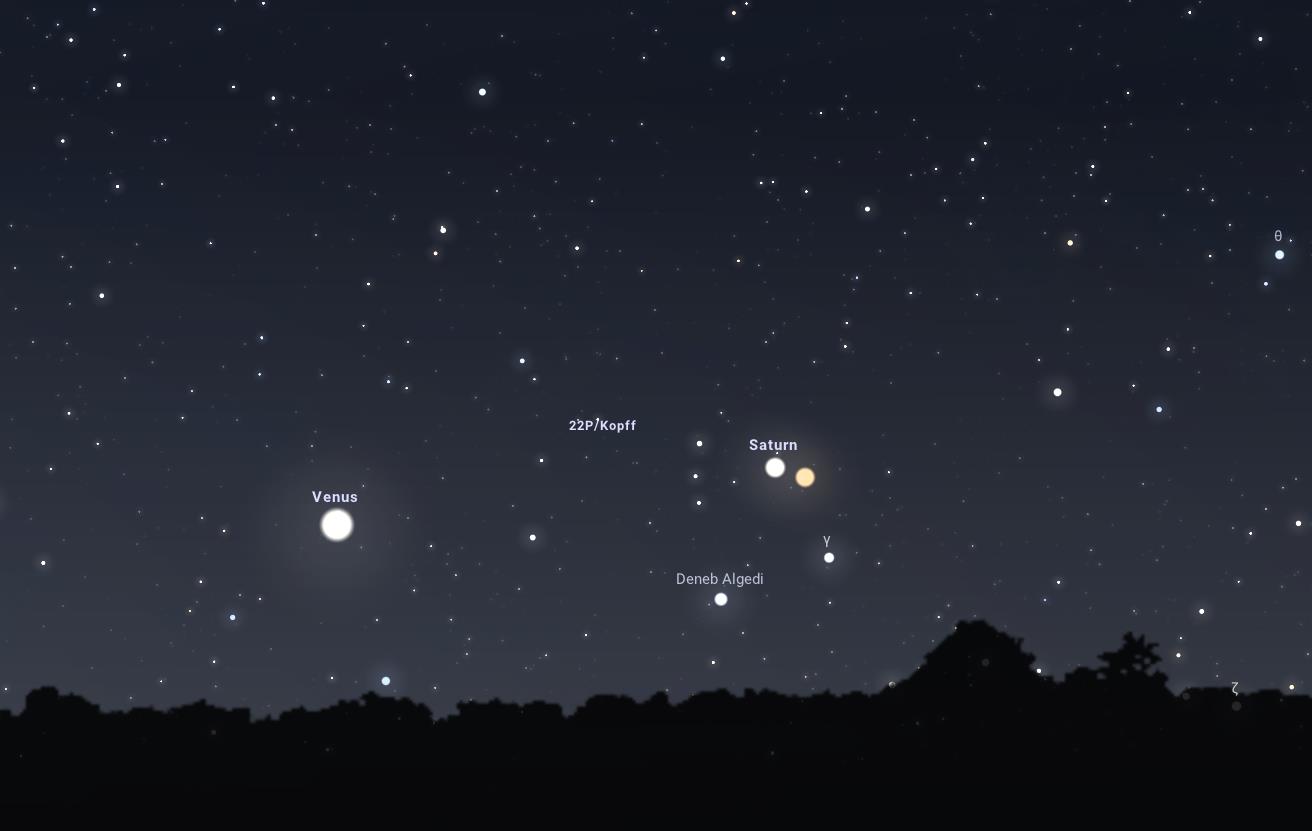
This zoomed-in view shows Venus, Saturn, and Mars all close together in the pre-dawn skies on April 4th, 2022. On this date, Saturn and Mars will be separated by only 0.3 degrees: close enough to be seen in the same telescope or binocular field-of-view. Their brightnesses will be nearly identical, with Saturn shining only ~20% brighter than Mars. (Credit: E. Siegel/Stellarium)
Throughout April, Jupiter joins Saturn, Mars, and Venus, creating a near-perfect pre-dawn line on April 20th.
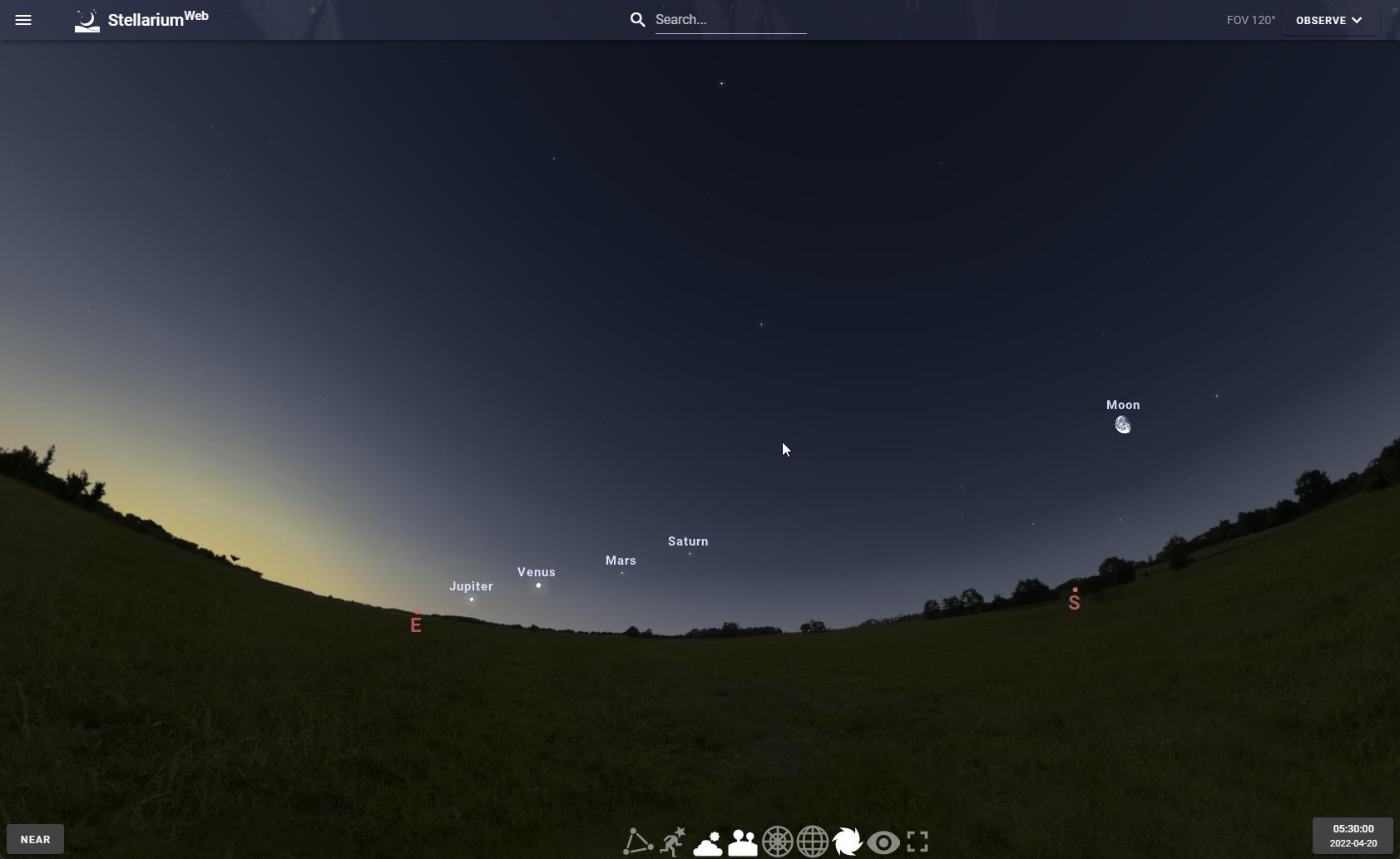
In mid-April, Jupiter, Venus, Mars, and Saturn will all line up in the pre-dawn skies, with the best sight, an equally-spaced almost-straight line, appearing on April 20th. (Credit: E. Siegel/Stellarium)
Mostly Mute Monday tells an astronomical story in images, visuals, and no more than 200 words. Talk less; smile more.
https://bigthink.com/starts-with-a-bang/planets-march-2022/
2022-03-14 06:00:00Z
CBMiO2h0dHBzOi8vYmlndGhpbmsuY29tL3N0YXJ0cy13aXRoLWEtYmFuZy9wbGFuZXRzLW1hcmNoLTIwMjIv0gEA
Bagikan Berita Ini














0 Response to "Behold as the planets gather in March 2022's morning skies - Big Think"
Post a Comment